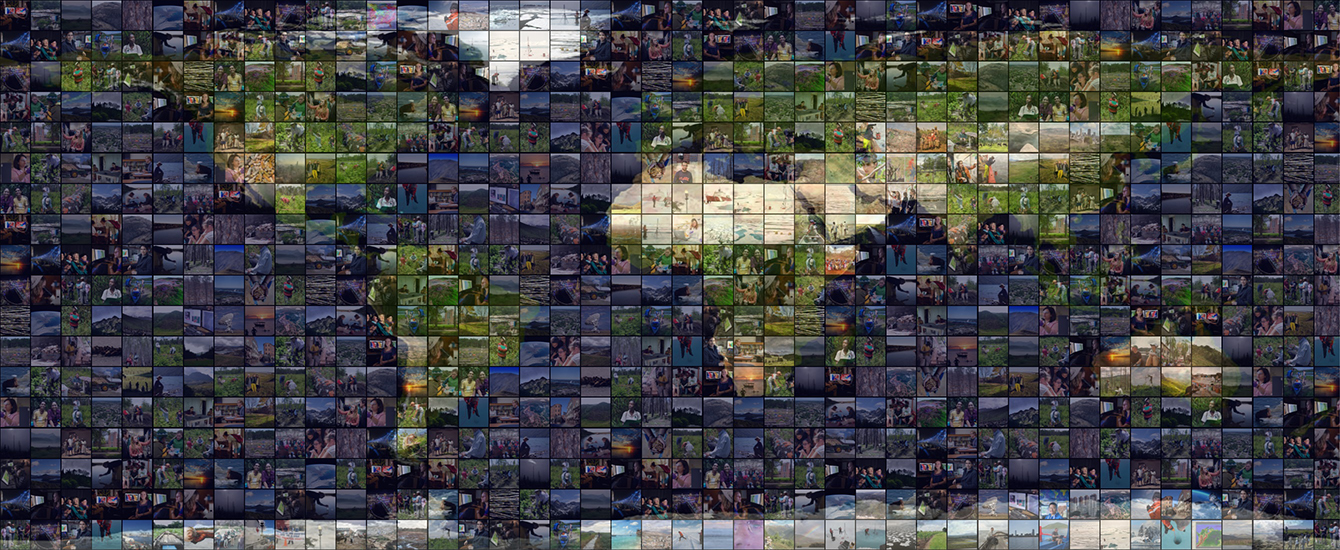Geography
Improving forest type discrimination with mixed lifeform classes using fuzzy classification thresholds informed by field observations
Document Type
Article
Abstract
This paper presents a three-stage methodology to mitigate uncertainty in forest lifeform classification using a case study in the mixed hardwood-conifer forest of Massachusetts, USA. First, two fuzzy membership surfaces representing the proportion of conifer and hardwood lifeform dominance were created using a supervised multilayer perceptron neural network algorithm. Second, an index of lifeform membership was generated using a ratio of the membership surfaces of conifer and hardwood forest. Lastly, this index was thresholded using field measurements of forest lifeform proportion to delineate pure conifer, mixed conifer-hardwood, and pure hardwood categories. This methodology produced a map of forest lifeform with 94% overall accuracy (kappa 0.88 for hardwood, 0.97 for conifer, and 0.97 for mixed), an improvement of 10% over a map generated using a top-down method using mixed forest training sites. Per-class accuracies increased approximately 5% for both the pure hardwood class, 26% for the pure conifer class, and 16% for the mixed class. The improvement in map accuracy was due to improved spectral discrimination of lifeforms, which results in a more geographically plausible map. © 2010 CASI.
Publication Title
Canadian Journal of Remote Sensing
Publication Date
12-1-2010
Volume
36
Issue
6
First Page
699
Last Page
708
ISSN
0703-8992
DOI
10.5589/m11-009
Keywords
forests, forestry, Massachusetts
Repository Citation
Rogan, J.; Bumbarger, N.; Kulakowski, D.; Christman, Z. J.; Runfola, D. M.; and Blanchard, S., "Improving forest type discrimination with mixed lifeform classes using fuzzy classification thresholds informed by field observations" (2010). Geography. 309.
https://commons.clarku.edu/faculty_geography/309



